While Napa Valley may be synonymous with American wine, the U.S. is home to numerous lesser-known wine regions that boast equally enchanting landscapes and exquisite varietals. From the rolling hills of Virginia to the rugged terrain of Washington State, we’ve curated a list of 13 hidden gem wine regions. These destinations offer a unique blend of scenery, hospitality, and, most importantly, fantastic wines.
Willamette Valley, Oregon
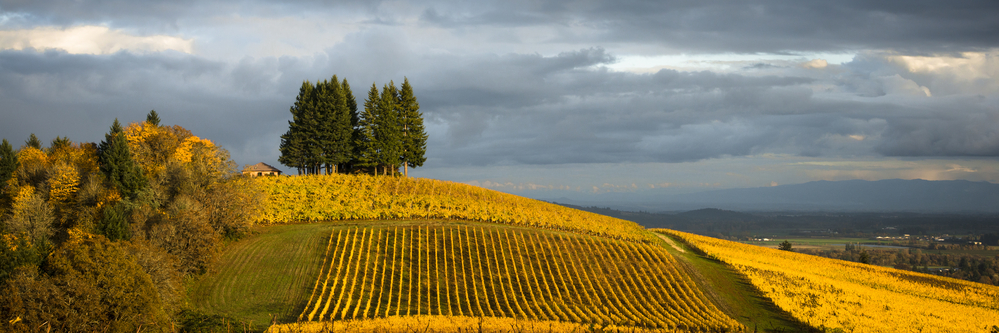
Willamette Valley is renowned for its exceptional Pinot Noir, benefiting from a cool climate similar to Burgundy, France. The valley’s diverse soil types, ranging from volcanic to marine sedimentary, contribute to the complex flavor profiles of its wines. This region’s focus on sustainable farming and winemaking practices further enhances the quality and distinctiveness of its offerings, making it a rival to Napa’s prestige.
Verde Valley, Arizona
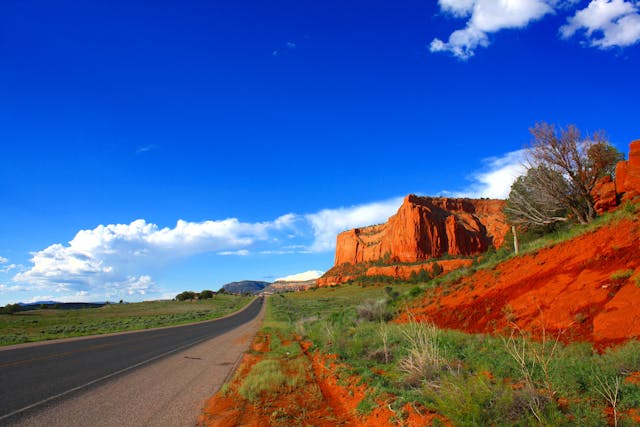
Though Arizona might not be the first state to come to mind for wine, Verde Valley’s unique high-elevation climate and rich volcanic soil create an ideal environment for growing grapes with intense flavors and character. The region’s wineries excel at producing Syrah, Petite Sirah, and other varietals that thrive under the Arizona sun, offering a bold alternative to Napa’s wines.
Finger Lakes, New York
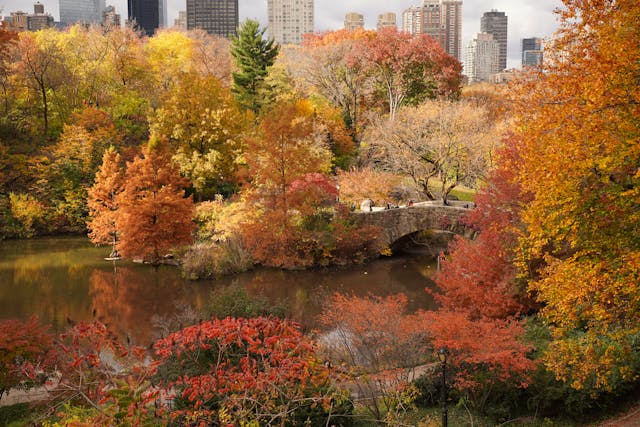
The Finger Lakes region is distinguished by its deep glacial lakes, which moderate the local climate, making it suitable for Riesling, Chardonnay, and other cool-climate varietals. The area’s winemakers have mastered the art of producing crisp, aromatic whites and increasingly impressive reds, leveraging the unique terroir to craft wines that stand up to Napa’s best.
Naches Heights, Washington
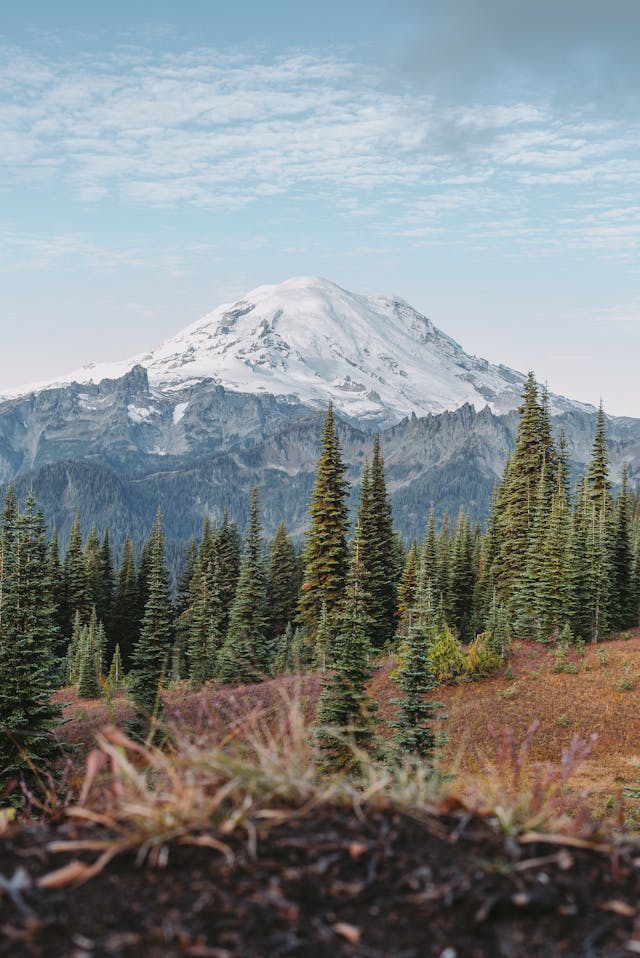
This relatively new AVA (American Viticultural Area) benefits from its volcanic soil and elevated position, which provide excellent drainage and a cooler microclimate within the broader Columbia Valley. Naches Heights is making a name for itself with organic and biodynamic farming practices, producing vibrant and expressive wines, particularly notable for Syrah and Riesling.
Texas Hill Country, Texas
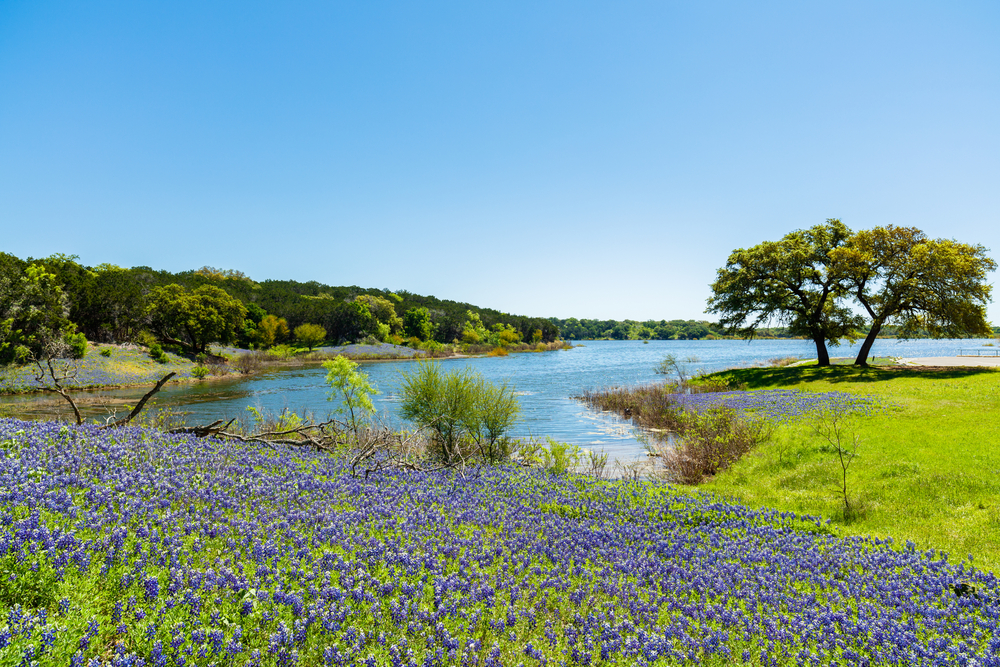
The Texas Hill Country combines a wide range of soil types and microclimates, allowing for a diverse array of grape varietals to thrive. From Tempranillo to Viognier, the wines here are characterized by their bold flavors and complexity. The region’s commitment to quality and experimentation has put it on the map as a significant player in the American wine scene.
Columbia Valley, Washington
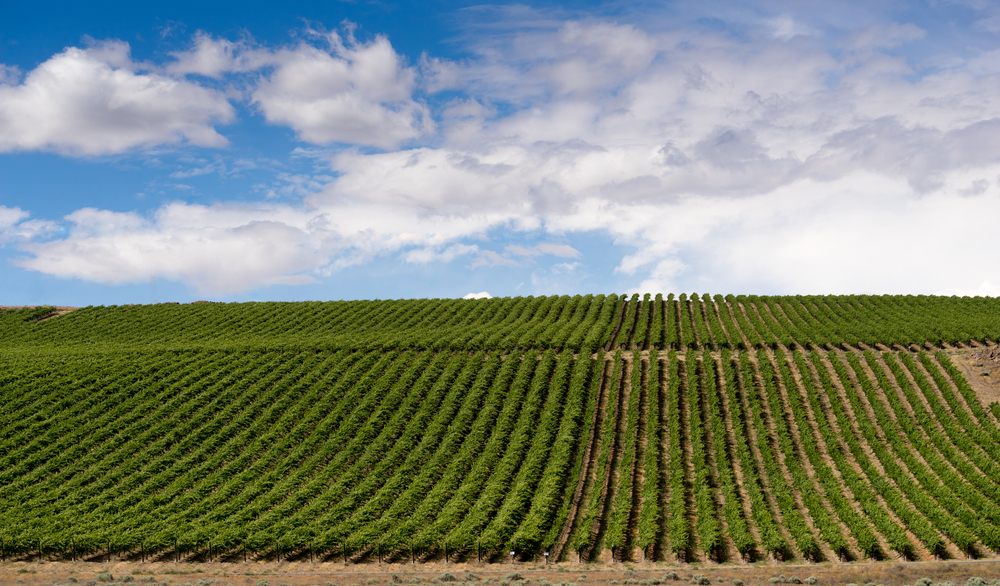
Encompassing a vast area, Columbia Valley benefits from a dry, continental climate that reduces the risk of vine diseases and allows for consistent ripening. The region is known for producing a wide variety of high-quality wines, including Merlot, Cabernet Sauvignon, and Syrah, with the potential for both power and elegance.
Grand Valley, Colorado
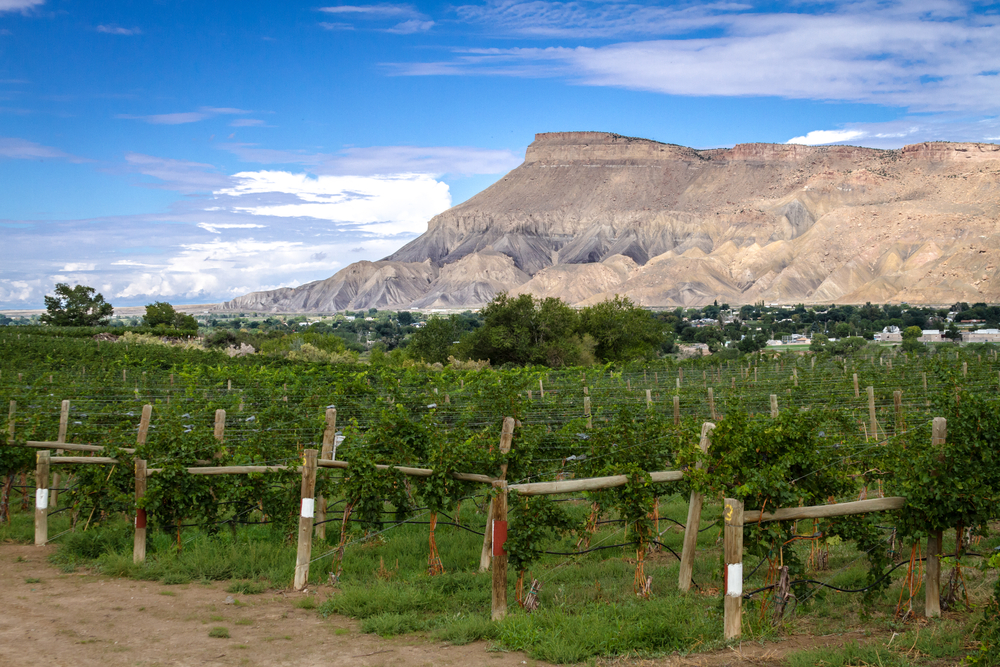
Located on the western slope of the Rockies, Grand Valley AVA’s high altitude and warm days followed by cool nights create a perfect balance of acidity and sugar levels in the grapes, similar to conditions found in some of Europe’s renowned wine regions. This area excels in producing concentrated and aromatic wines, including Cabernet Sauvignon and Merlot.
Monticello, Virginia
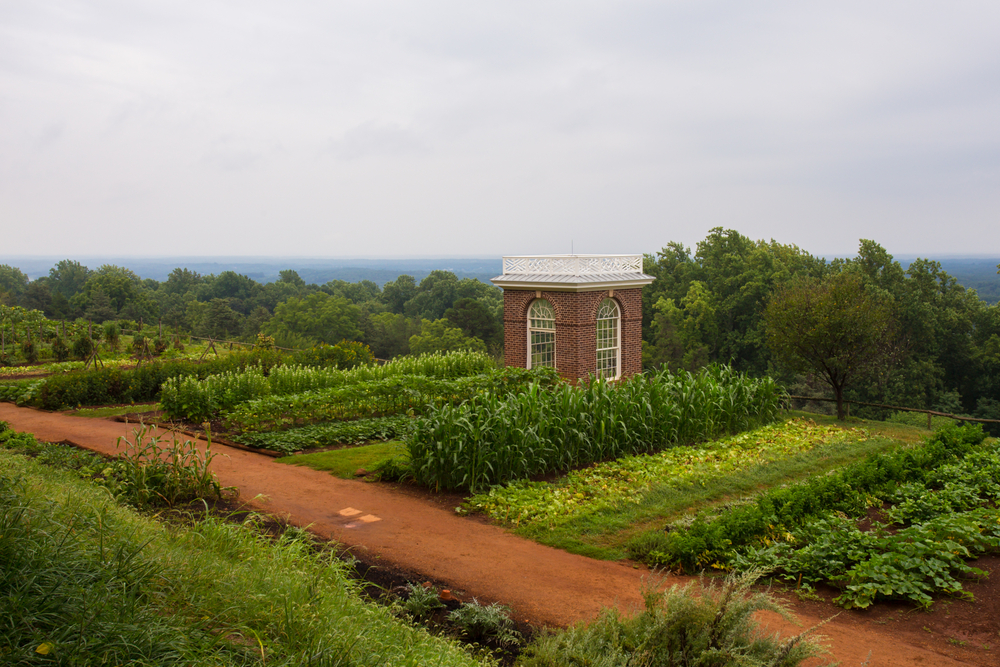
Monticello’s historic vineyards benefit from a varied climate and a long growing season, ideal for both red and white varietals. The region’s winemakers are dedicated to expressing the local terroir, producing elegant and balanced wines, with Viognier and Cabernet Franc often standing out for their quality and complexity.
Paso Robles, California
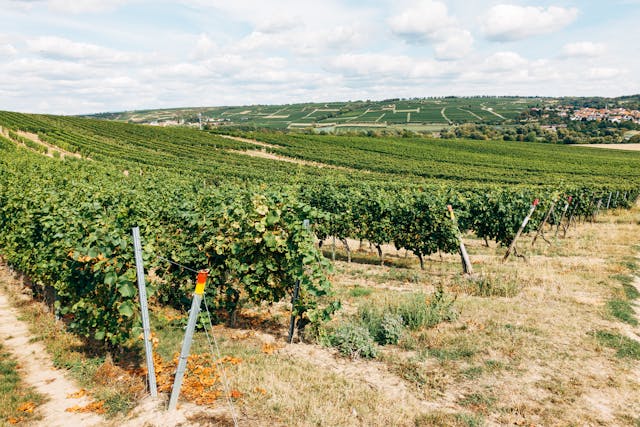
Known for its innovation and diversity, Paso Robles features over 40 wine grape varieties. The region’s warm days and cool nights, influenced by the Pacific Ocean, are perfect for growing robust reds like Zinfandel, Cabernet Sauvignon, and Rhône varieties. The diverse soils and microclimates across its sub-AVAs allow winemakers to produce complex and distinctive wines.
Santa Barbara County, California
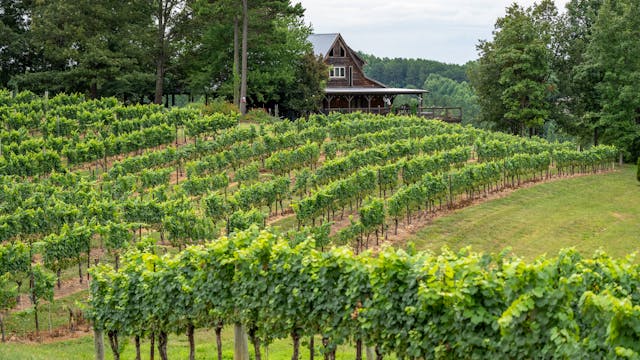
Benefiting from the cooling effect of the Pacific Ocean and complex soil compositions, Santa Barbara County excels in producing Pinot Noir and Chardonnay with depth and minerality. The region’s east-west mountain ranges create unique microclimates that contribute to the nuanced character of its wines.
Sonoma County, California
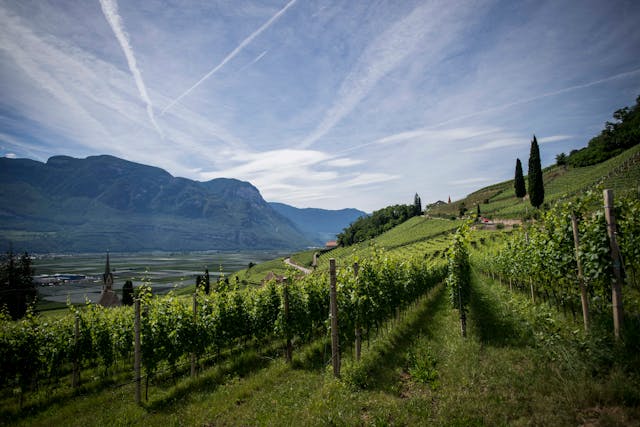
With a climate and geography as diverse as its wines, Sonoma County rivals Napa in both quality and variety. The region is particularly celebrated for its Pinot Noir, Chardonnay, and Zinfandel, each reflecting the unique characteristics of Sonoma’s varied terroirs.
Walla Walla Valley, Washington
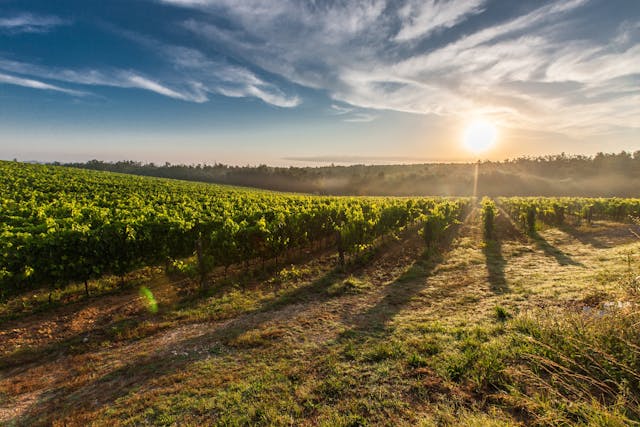
The Walla Walla Valley is recognized for its rich, loamy soil and unique microclimates, which foster the production of bold and expressive Syrah, Merlot, and Cabernet Sauvignon. The collaborative spirit among its winemakers and focus on quality have elevated its status in the wine world.
Anderson Valley, California
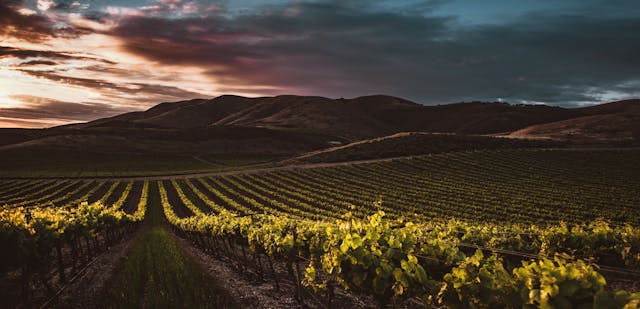
Anderson Valley boasts a cool climate and foggy conditions, ideal for producing some of the country’s finest Pinot Noir and sparkling wines. The region’s emphasis on low-intervention farming and winemaking techniques allows the unique characteristics of its terroir to shine through. This article originally appeared on UnifyCosmos.
More from UnifyCosmos
14 Cheese Varieties From Around the World and How to Savor Them
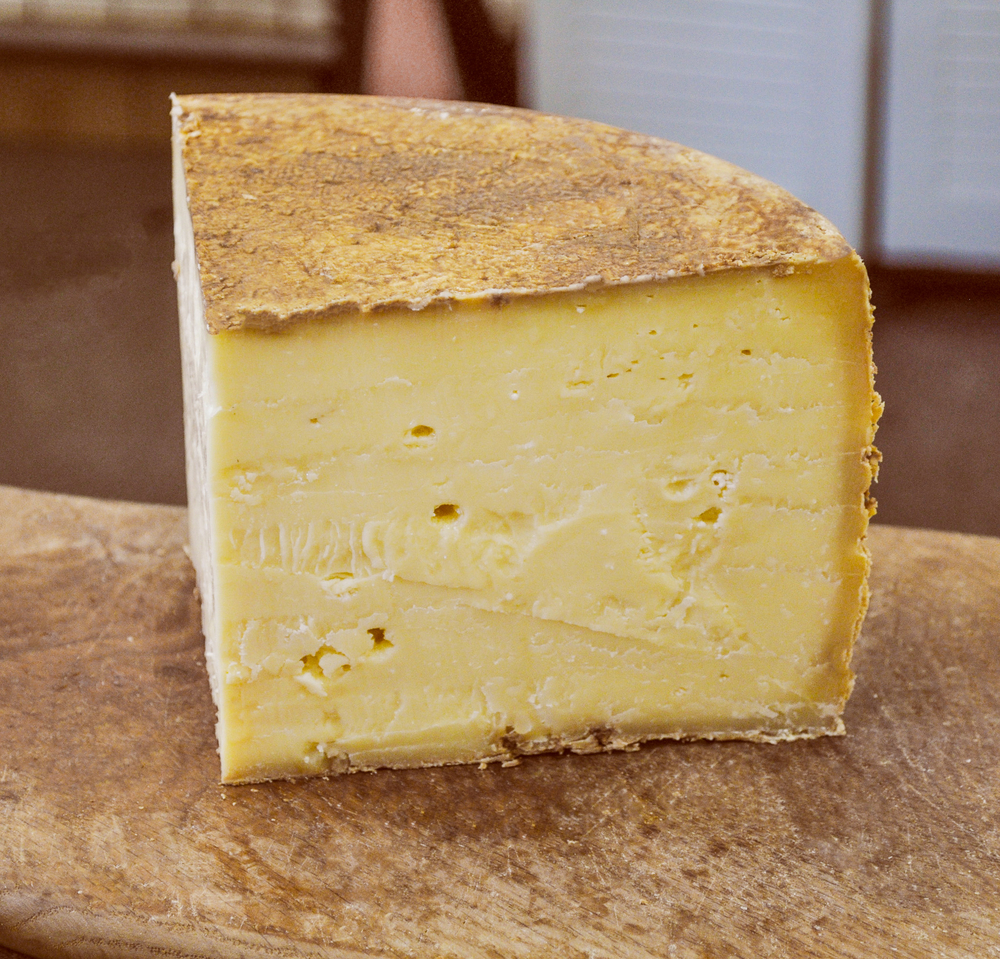
Embark on a flavorful journey as we explore 14 distinct cheese varieties from around the globe. Read More.
13 Insanely Delicious Soups From Around the World
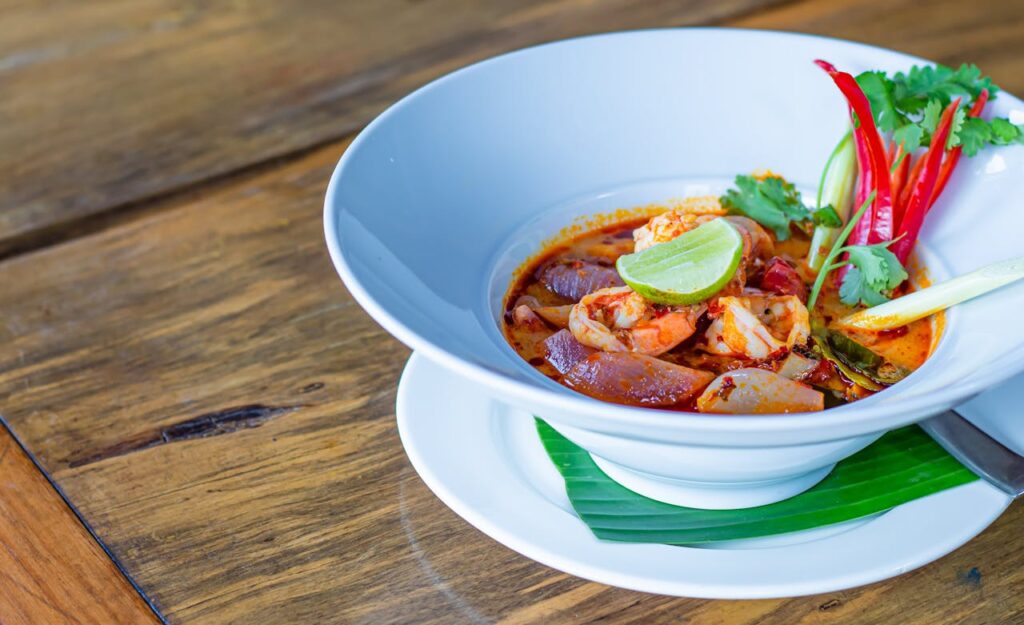
In this article, we’re diving spoon-first into the steaming, savory, and sometimes spicy world of soups that define cultures, comfort souls, and tantalize taste buds. Read More.
15 Spectacular U.S. Road Trips That Showcase the Country`s Diversity
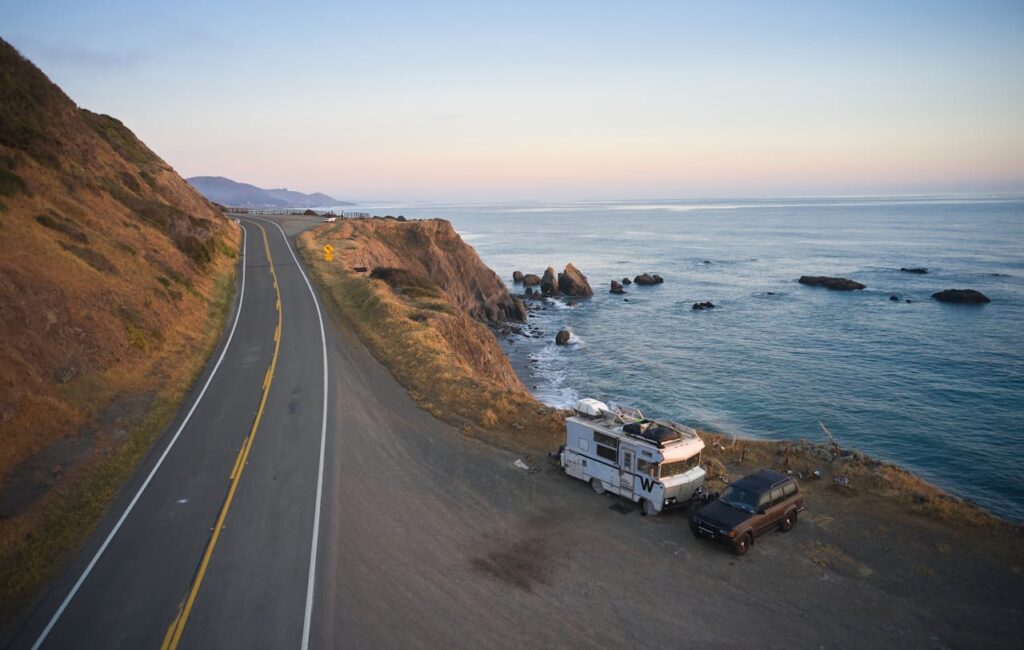
Discover America’s stunning landscapes and rich cultural tapestry with our list of 15 spectacular U.S. road trips. Read More.
Leave a Reply